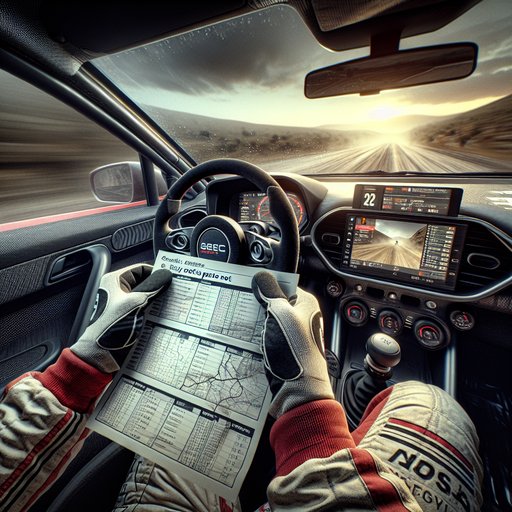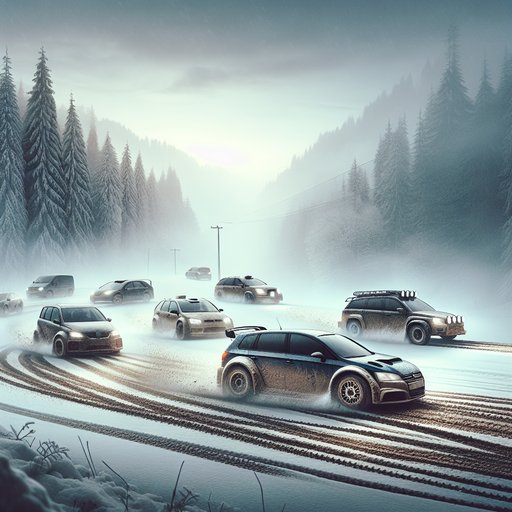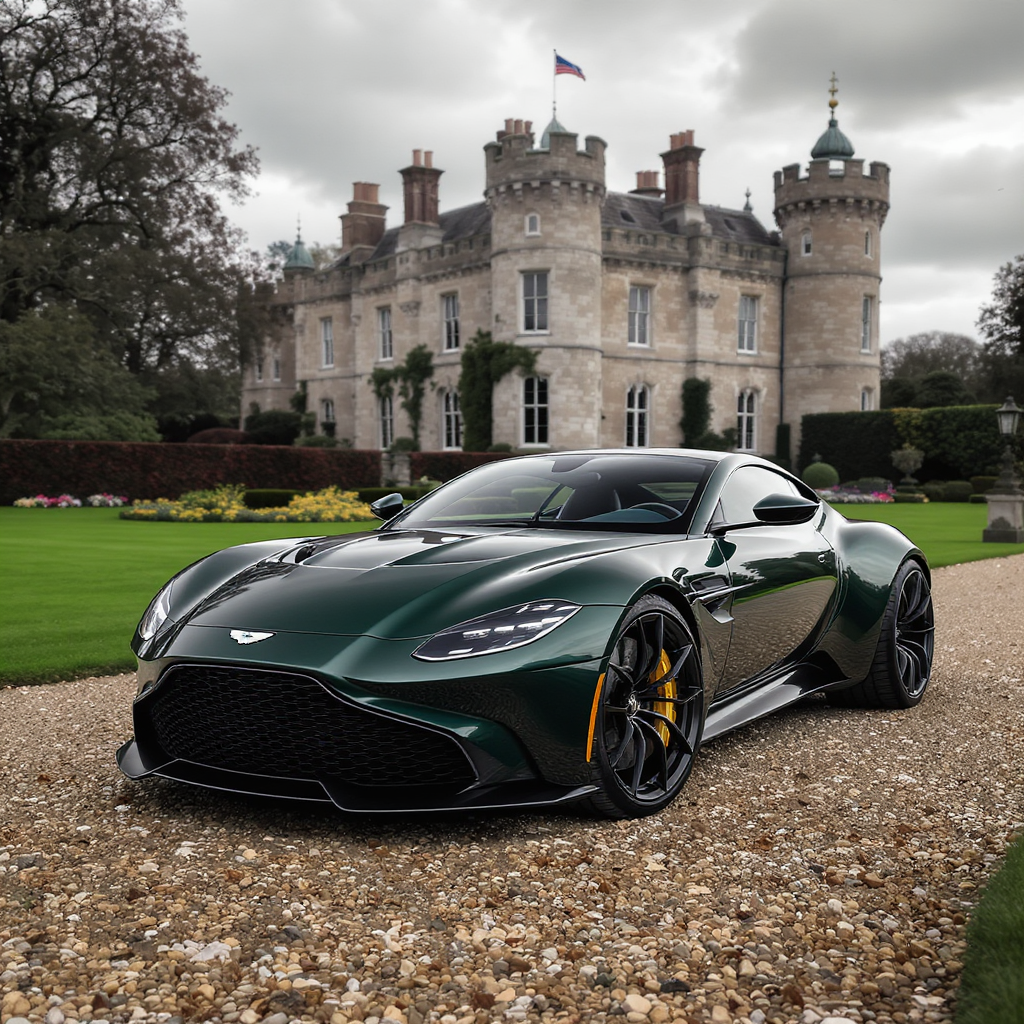
Ford re-energized its World Rally Championship presence through M-Sport, first with the Fiesta WRC under the 2017 rules reset and then with the hybrid Puma Rally1 from 2022. Their program has delivered landmark wins and championships while battling manufacturer heavyweights Toyota and Hyundai, plus Citroën before its exit in 2019.

Rally co-drivers are equal partners to drivers, responsible for navigation, timing, safety, and information flow at racing speeds on changing terrain. Their work begins days before the start, shaping how fast a crew can safely travel and how precisely they operate within the rules. The partnership’s effectiveness often decides wins, titles, and the difference between risk and margin.

Rally spectators form a distinctive subculture that treats remote forests, mountains, and deserts as grandstands. They tolerate weather, long hikes, and limited amenities to watch cars at full speed on natural roads—often just meters away—while respecting strict safety rules that keep the sport accessible.

On winter mornings and dusty afternoons, the same badges found on commuter cars have chewed through snowbanks and skimmed over crests, their silhouettes familiar even beneath mud and headlamp pods. They belong to ordinary manufacturers—brands with minivans and hatchbacks—who learned to make their steel sing on hostile roads. Follow the tire marks and you find a story of how everyday shapes became rally legends, turning dealership stock into trophies and towns into stages. It’s all there in the spray of slush at Monte Carlo, the woodsmoke hanging above Welsh forests, the hiss of anti-lag bouncing off Alpine rock. The cars are recognizable; what they did with that recognition changed motorsport.








